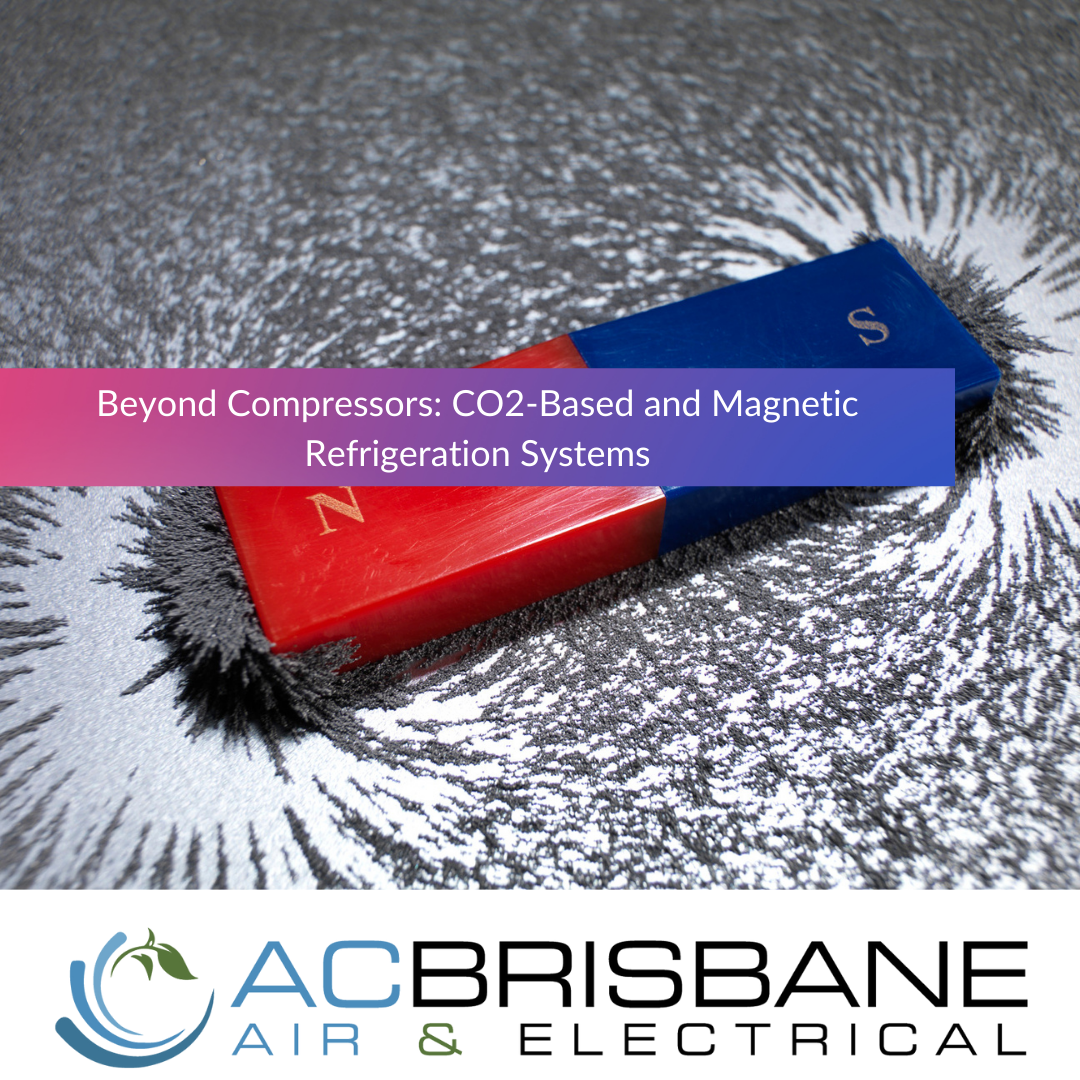CO2-based refrigeration systems, also known as transcritical CO2 systems, use carbon dioxide as the refrigerant instead of traditional refrigerants such as chlorofluorocarbons (CFCs) or hydrochlorofluorocarbons (HCFCs). Carbon dioxide is a natural refrigerant that has zero ozone depletion potential and a low global warming potential. Additionally, CO2-based systems can operate at higher temperatures than traditional refrigeration systems, reducing energy consumption and increasing efficiency.
Magnetic refrigeration, on the other hand, uses the magnetocaloric effect to cool a space. The magnetocaloric effect occurs when a material is placed in a magnetic field and its temperature changes. The temperature change can be used to cool a space or to cool a refrigerant, which in turn cools the space. Magnetic refrigeration systems have the potential to be more efficient than traditional refrigeration systems, as they do not require compressors or refrigerants.
Despite these advantages, both CO2-based and magnetic refrigeration systems still face challenges in their development and commercialization. One of the main challenges faced by CO2-based systems is the high cost of equipment and installation. Additionally, the design and operation of CO2-based systems require specialized knowledge, which can be a barrier for widespread adoption.
Magnetic refrigeration systems also face challenges, mainly in finding suitable materials that have the required magnetic and thermal properties. There is also a lack of understanding of the fundamental physics of the magnetocaloric effect, and further research is needed to improve the efficiency of magnetic refrigeration systems.
In conclusion, CO2-based and magnetic refrigeration systems have the potential to be more efficient and environmentally friendly than traditional refrigeration systems. However, more research and development is needed to address the challenges faced by these technologies before they can be widely adopted. Nevertheless, with the increasing demand for energy-efficient and sustainable refrigeration systems, it is expected that these technologies will continue to evolve and improve, and become more viable options in the future.

